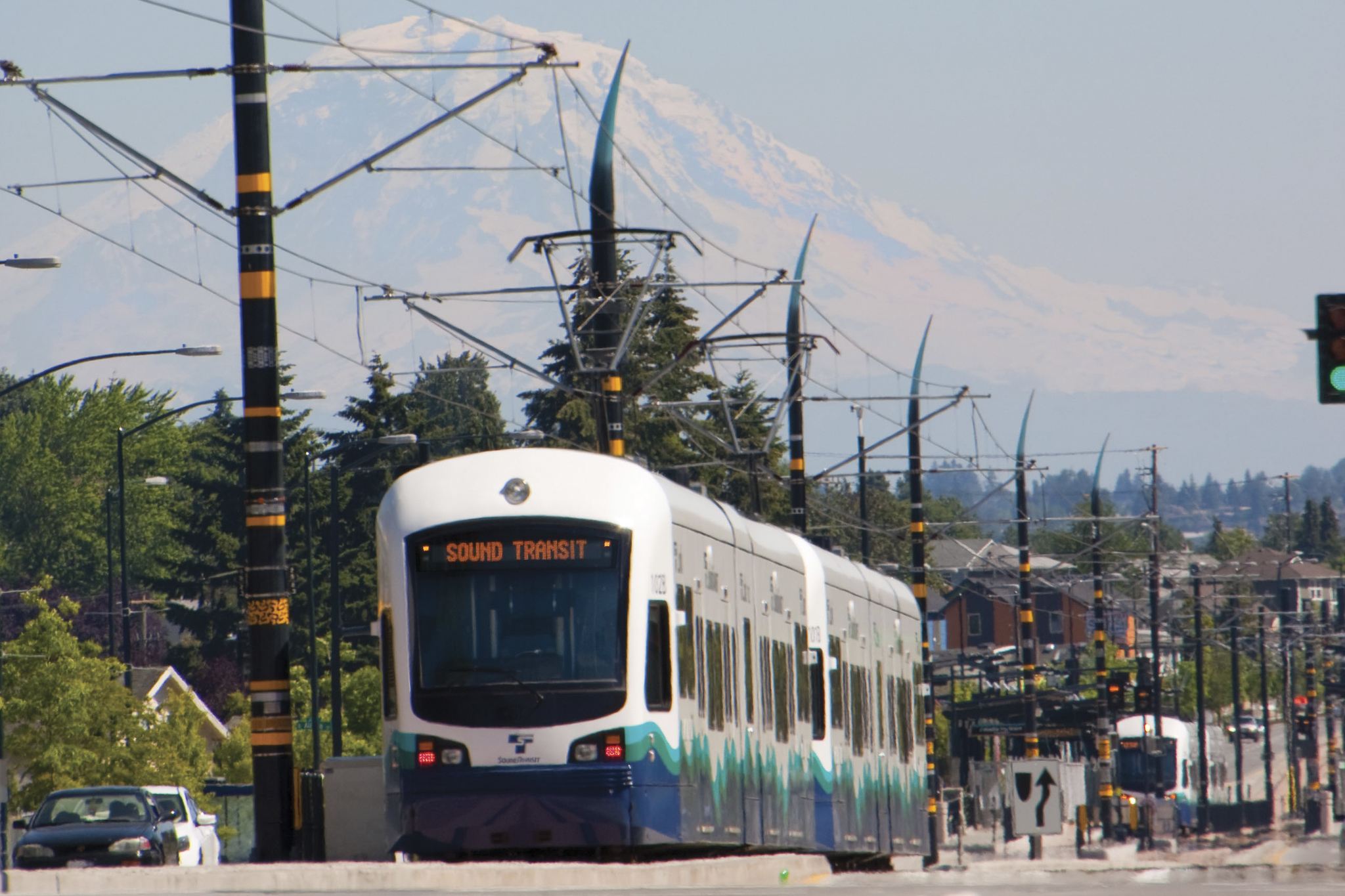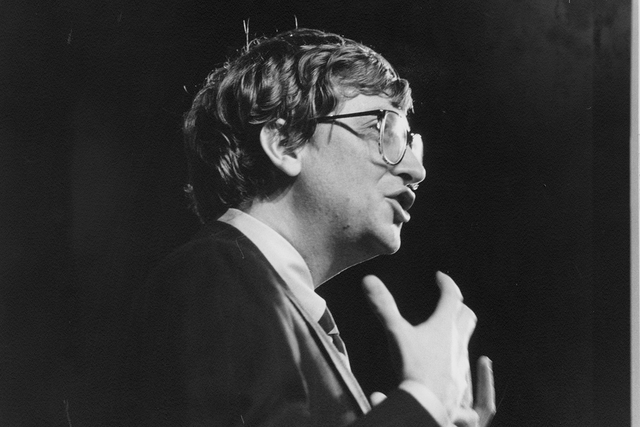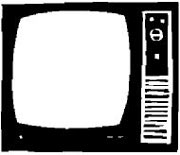SUDDENLY EVERY FREEWAY jockey who’s ever snarled at seeing the carpoolers whiz by over in the commuter lane has a focus for his or her ire. The folks who brought us Initiative 695 now aim to complete the ascendance of the private car over public transit by killing the main traffic reform of the past three decades: high-occupancy vehicle lanes.
Transit’s defenders have taken to the barricades, countering that opening up HOV lanes to everyone would only swamp them and reduce net highway capacity (since transit and carpool commuting, which would die without fast lanes, uses highway space more efficiently). Ergo, we shouldn’t mess with them at all.
And Chris Vance, a suburban GOP King County Council member previously allied with anti-HOV developers, has revived an idea first broached by developer-friendly Republican state Senator Dino Rossi of Issaquah: Instead of kibboshing the HOV lanes, open them to solo drivers during off-peak hours. Vance argues that this would get more use from the lanes and, most importantly, head off a complete overturn, saving the state from having to pay back the money the feds provided to build those lanes. His motion is due for a committee vote next week. Though pitched as a moderate compromise, it smells to some skeptics like a clever switch, with abolition offered as a decoy to make a partial opening up of the lanes more appealing.
Like I-695’s attack on vehicle taxes, ending HOV lanes is no homegrown innovation; it’s an incipient national movement. It started in New Jersey, which in 1998 scrapped unpopular HOV lanes on two interstate highways. In the usual way of such crusades, New Jersey threw the baby out with the bathwater; Peter Samuels, the editor of Toll Roads Newsletter, says one of the scrapped HOV systems was little used but the other “could have been fixed” with better enforcement. Now California’s legislature is considering killing or scaling back its 925 miles of carpool lanes. Virginia’s legislature has voted to open up its carpool lanes—if it can dodge reimbursing the feds.
Against such prospects, Vance’s Eyman Lite approach might seem a prudent defense. The Washington State Transportation Center (TRAC) found that it would relieve some congestion in some places some of the time—i.e., at midday on I-405 south of Bellevue. But it would do little good on other roads, because nonpeak traffic moves well enough in the regular lanes. And some HOV lanes, such as those along the right side of Highway 520, wouldn’t be safe if they were fully used.
And any benefits might be short-term anyway. “Peak period” gets longer and longer in Pugetopolis—already 14 hours a day on I-5 and 405. Partial give-backs like Vance’s try to freeze the clock, while the rush hours keep on sprawling. When rush hour stretches to 8pm and the HOV lanes get as clogged as the regular lanes, good luck kicking solo drivers out of them. No one dares urge restoring the three-per-vehicle minimum to I-5’s HOV lane, though it’s often jammed since it opened to two-person vehicles. As TRAC director Mark Hallenbeck says, “No one has ever succeeded in taking back a free road [and returning it to HOV]. No one anywhere. The politics drives the decision.”
WORSE YET, AS COUNTY Council Democrat Maggi Fimia argued when the council’s transportation committee discussed Vance’s motion last week, giving up HOV hours now would squander a better opportunity: converting to HOT—high-occupancy toll—lanes later. And HOT is the most promising highway improvement since guardrails—a way to get maximum use from HOV lanes, let solo drivers use them, keep the way open for carpools and transit, and pay for it. How? Through supply and demand, mediated by a clever scheme called congestion pricing.
HOT, pioneered in Singapore, reached full flower two years ago on an 8-mile stretch of I-15 outside San Diego. There, extra HOV space is sold to solo drivers according to its scarcity. Officials monitor traffic, adjust tolls, and post them on electronic readers. In moderate conditions, HOT drivers might pay $1.50; in peak hours, $4; just before Thanksgiving, a few hundred determined drivers paid $8. Most days about 2,500 solo drivers, nearly a quarter of the HOV volume, pay to go HOT. Payment is debited automatically via electronic transponders that drivers using the system hang in their windshields. The California legislature recently extended the scheme past its trial run; it will now pay its own way. Officials want to extend HOT further along I-15. Other HOT projects are under way near San Francisco and up and running (though without the variable pricing) in Houston and Riverside, California.
High-occupancy tolls aren’t a panacea. They work best on separated HOV lanes, such as I-90’s, and might not work on some other close-packed local HOV lanes. And they draw complaints (at least when they’re first proposed) both from knee-jerk toll haters and from transit purists and populists, who see them as buy-outs for the rich and (horrors!) a way to make driving easier. That misses the point. Each driver who pays to use the diamond lane lightens the pressure on those who don’t. Conservatives and greens alike should welcome HOT: It reduces congestion and pollution and introduces consumer choice and, best of all, user fees to the so-called “freeways.”
And, as Fimia says, it’s one more reason to reject both the slash-and-burn and cut-and-paste moves on the HOV lanes, and hold out for a better reform.








